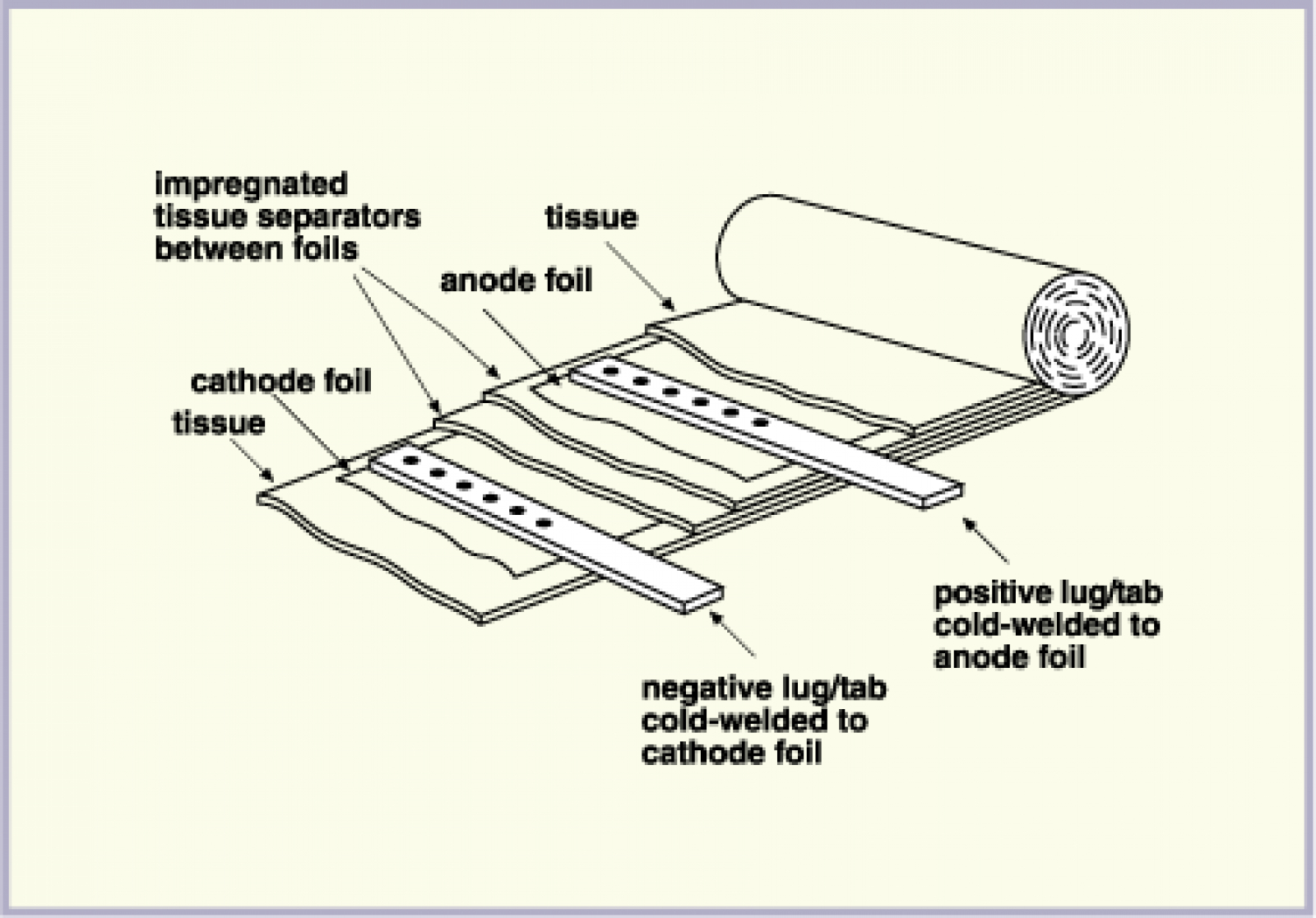S'plodin Electrolytic Capacitors
Never put an electrolytic capacitor in backwards.

Why it happens
Electrolytic capacitors are constructed using an electrolyte-soaked piece of paper between two strips of aluminum foil. One piece of foil is oxidized and this ultra-thin coating of aluminum oxide becomes the capacitor's dielectric. Because this layer is so thin and has a high dielectric constant, a large amount of capacitance can be squeezed inside of a small space. Even more so when the foil is rolled up tightly.Electrolytics have one flaw though; they are polarized. When a voltage greater than -1.5V hits the capacitor the aluminium oxide starts to reduce and its insulating properties are lost. This destroys the capacitive effect of the device and essentially the capacitor becomes a short circuit. A lot of heat is generated --heat which boils the electrolyte and causes pressure to build inside the capacitor.Boom!